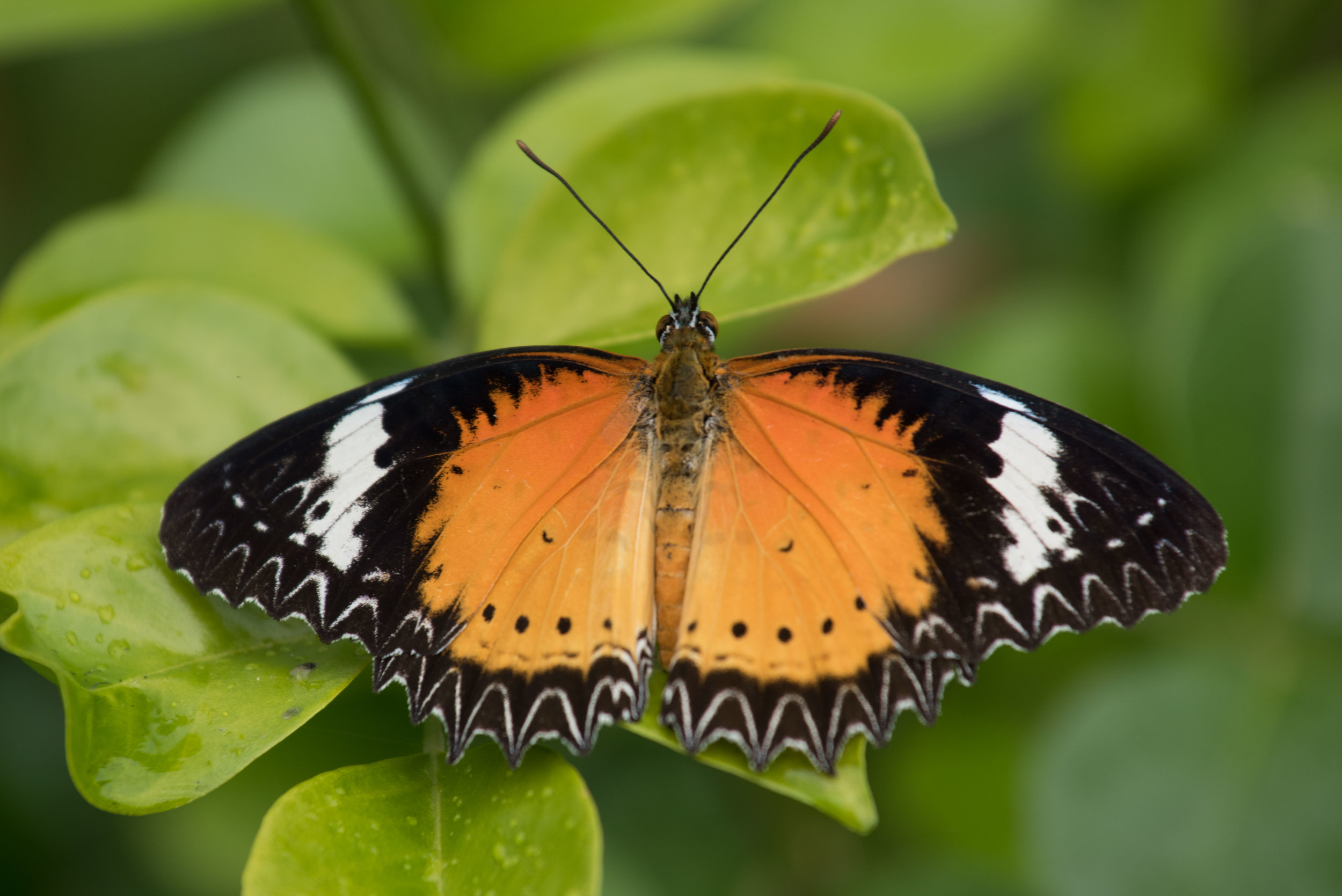This was designated as “a free and easy day of leisure at Inle” but as it turned out most of our group elected to take a two and a half hour boat trip to the southern regions of Inle Lake.
We left the hotel at 08:00 in two longboats and our first stop was at the people’s market adjacent to the Phaung Daw Oo Monastery where we saw the gold Buddhas yesterday.
The market was similar to the one we’d visited at Heho on Tuesday with a diverse range of produce on display. There were numerous souvenir stalls around the perimeter of the main market and these stall owners were friendly and yet very keen that “you buy at special price or maybe later?”
Within the main market area the numbers and types of fish products was noticeable principally by the smell. Dried fish stock pellets were being sold by one woman and to weigh out the pellets she used an ancient beam balance with weights on one pan and the goods on the other. There must have been missing weights so she used two AA batteries taped together as a substitute.
A number of (portrait) photographs were taken of people in the market with the preferred subjects being those with older and interesting faces or children with their parents.
Our boat journey then took us for another hour and a half southwards where the lake narrowed and then followed a stream that meandered in amongst a dense growth of water hyacinths, water lilies, reeds and pink flowering lotus plants. Along the way there were villages with the houses built on stilts, canal side cafes, workshops and a plethora of the inevitable pagodas and golden stupas.
The water pathway took us through a valley region where on either side of us were small farms with crops growing in what appeared to be rich red soil and in some cases irrigation systems were operating.
Our southerly travels terminated at the village of Samkar. This was a 15th century town and the remains of stupas and monasteries are still visible in part. The building of a dam at the southern end of Inle Lake in the 1950s resulted in the inundation of much of this ancient town. There are areas of numerous closely located stupas and temples unaffected by the flooding and yet some stupas are only just visible being partly submerged. The main part of the township moved to higher ground but undoubtedly much of historical significance was lost forever. We had lunch at Samkar which translates to mean “frangipani”.
On our return trip home the boats stopped at the Tharkong Pagoda where dozens of ancient stupas were being progressively restored by way of donations, mainly from wealthy Chinese Buddhists living in Singapore.
We had a long trip back home in the late afternoon and our boat driver took a short cut through the floating gardens which was entertaining as the narrow canals had boats moving in both directions and there was minimal room.
To slow boating traffic down, the locals employ water “speed bumps” which are lengths of bamboo lying across the canal just at surface level. Boats must slow down and lift their propellers out of the water to negotiate each bamboo crossing.
Speed bump, Inle Lake
We arrived back at the hotel jetty at 17:45 and after evening drinks and a meal we made preparations for tomorrow’s move to Yangon and the overnight excursion to Kyiakhtiyo or the Golden Rock.





























